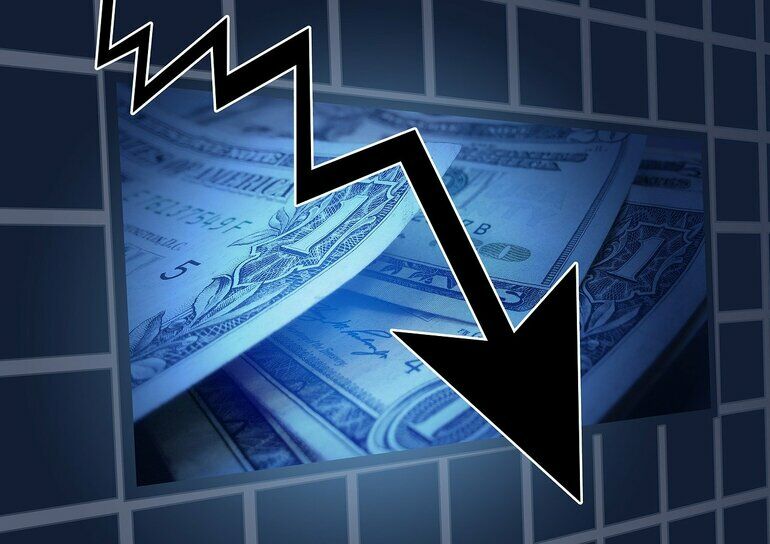The U.S. economy is thriving, with a surge of 4.9 percent in the third quarter of 2023, according to IPC’s October 2023 Economic Outlook Report. The unemployment rate is 3.8 percent. Inflation is high, but it is decreasing, and wage growth is outpacing inflation, meaning workers are seeing an increase in purchasing power. The probability that the U.S. will enter a recession sometime in the next 12 months remains high. The NY Fed estimates the probability of a recession sometime over the next year is 56%. This is down from recent readings, but still quite high. Regardless, the U.S. is entering a period of slower growth.
In Europe, economic growth remains delicately positive, but energy prices have become less predictable due to rising geopolitical tensions. The war in Ukraine and the Israel-Hamas conflict could further erode confidence and increase uncertainty among businesses and households. The report states that Germany, Europe’s largest economy, continues to narrowly dance around a recession. Germany’s economy contracted again in the third quarter, making it the third time in four quarters that the economy has recorded a decline. This is aiding in the alleviation of price pressures, following last year’s most substantial cost of living surge in a generation. Germany’s inflation rate dropped to 3% the lowest rate of increase since June 2021. But despite the decline in inflation and relatively strong wage growth, consumer confidence remains subdued and personal consumption is likely to remain weak. The coming months will provide a clearer picture of the direction in which Europe’s economy is heading and whether these economic challenges persist or evolve in 2024.
Likewise, while growth is strong in the U.S., maintaining the current momentum will be very difficult in the year ahead.
“Many of the forces driving U.S. economic growth in the third quarter will likely reverse in the coming quarters,” said Shawn DuBravac, IPC’s chief economist. “While growth is strong, maintaining the current momentum will be very difficult in the year ahead. In Europe, the coming months will provide a clearer picture of whether the current economic challenges persist or evolve in 2024.”
Additional data in the October IPC Economic Outlook show:
- In the U.S., a recession is not a foregone conclusion, but the probability remains high. Regardless, the U.S. is entering a period of slower growth.
- U.S. industrial production rose 0.3 percent in September. The manufacturing sector rose 0.4 percent during the month.
- In Europe, early results for Q3 appear mixed. Germany, Europe’s largest economy, declined 0.1 percent after rising 0.1 percent in the prior quarter.
- In Europe, motor vehicle manufacturing output rose 4.1 percent (month-on-month). The sector is up 11.2 percent over the last year.












